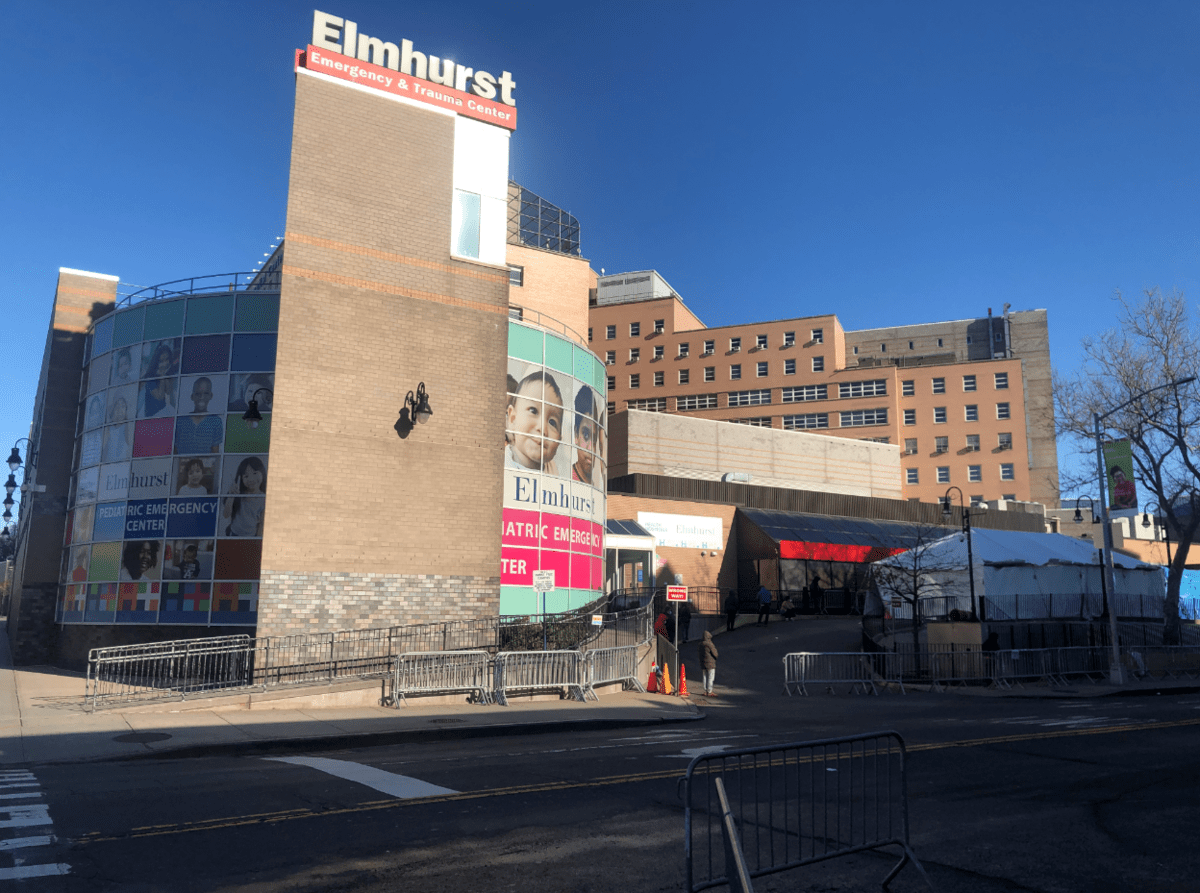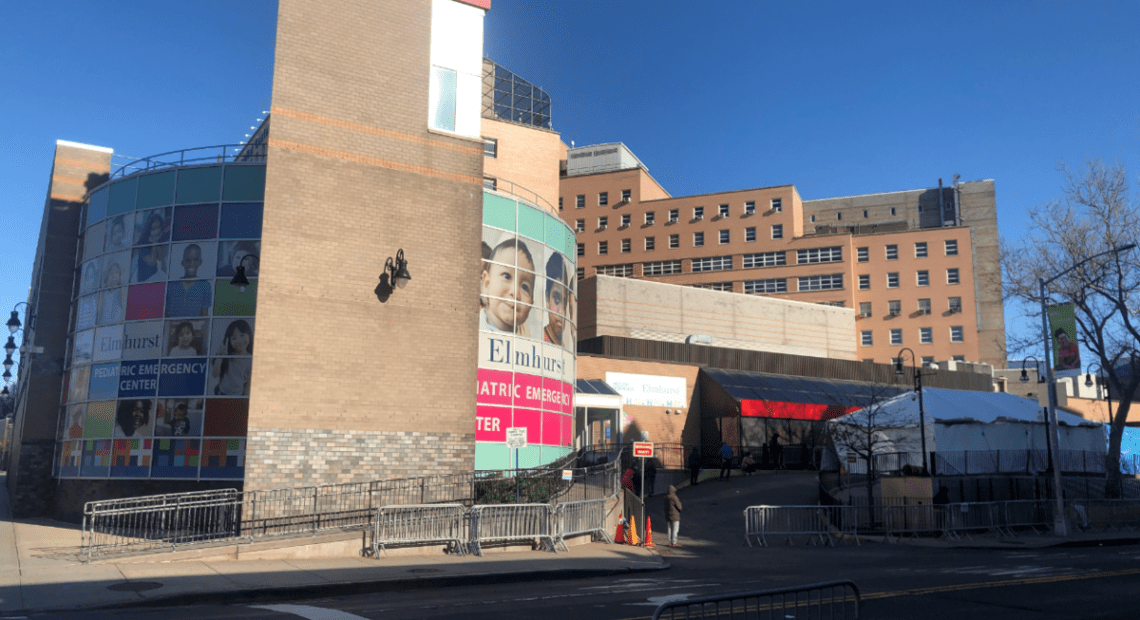
Lessons From COVID-19 Front Lines: Olympia ER Doc Volunteers To Help At Hard-Hit NYC Hospital
READ ON
At the end of March, Dr. Luke Hansen, an Olympia emergency room physician, was watching news of hospitals in New York overrun with COVID-19 patients. Then he heard Gov. Andrew Cuomo issued a plea for healthcare workers from elsewhere to come to New York to help.
“I really felt a call to go there and help,” Hansen said in an interview this week.
But first, the 46-year-old had to discuss the idea with his wife, who is also a physician.
“My wife was concerned and my kids were as well,” Hansen said.
The deal they struck was he could go if he had access to proper personal protective equipment. The next challenge was finding a way to sign up to help. He registered with the NYC Medical Reserve Corps. But there didn’t seem to be a system in place to quickly process and assign volunteers to hospitals in need.
Eventually, he called Elmhurst Hospital in Queens which had been described as the “epicenter of the epicenter” of the COVID-19 epidemic in New York. After being transferred a few times, he reached the hospital’s associate director who said they would welcome the help. Hansen booked a flight, said goodbye to his wife and three children and, on April 5, flew to New York City – the nation’s COVID-19 epicenter.
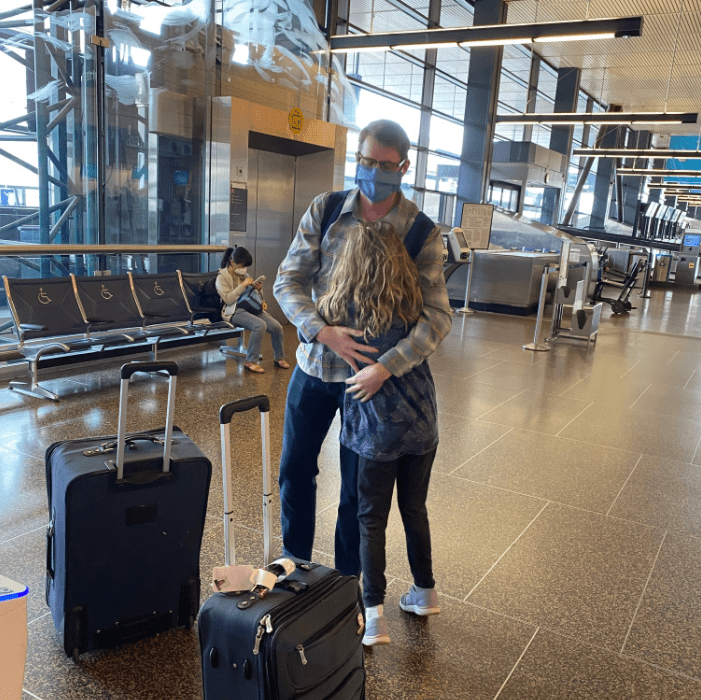
Dr. Luke Hansen says goodbye to his nine-year-old daughter before boarding a plane to New York City in early April to volunteer his services at Elmhurst Hospital during the height of the COVID-19 outbreak. Courtesy Dr. Luke Hansen
His first shift at Elmhurst was the following day. Hansen said he walked into a chaotic scene in the jammed emergency department.
“One room was just packed full of people on ventilators,” Hansen recalled.
Another room was full of patients on less invasive machines to help them breathe. More patients on stretchers filled the hallways “as tight as they could fit.”
“The department was just completely overwhelmed as far as the number of patients,” Hansen said.
Virtually all of the patients had COVID-19 and most were there because their oxygen levels were low. But maintaining a sufficient oxygen supply for each patient was a challenge.
“They had to improvise and figure out how to provide oxygen to way more people than they’d ever imagined they’d have to,” Hansen said.
Some patients were put on temporary oxygen tanks. But those had to be constantly checked to make sure they didn’t run out. Later the hospital obtained industrial size oxygen tanks that would last several hours.
The hospital also procured an “octopus-type” device that allowed for several patients to be served from a single oxygen port in the wall. Frequently, though, an alarm would sound warning that pressure in the hospital’s oxygen system was low.
“Every five minutes this thing would start beeping loudly and you’d have to go over to the wall and hit the ignore button,” Hansen said.
Typically in an emergency room, the physician sees a patient and then writes orders and the nurses and other staff fulfill those orders. At Elmhurst, everyone was stretched so thin Hansen said he found himself starting IVs, drawing blood, checking oxygen tanks and transporting patients.
“We were sort of just doing everything trying to help take care of these people,” Hansen said.
It was physically and emotionally demanding work made all the more challenging because families weren’t allowed to visit their loved ones. Hansen said seeing people die in a chaotic emergency room without their families at their side was one of the hardest parts of his time in New York. He recalled one case in particular – a man in his 90s who had arrived from a nursing home and whose family didn’t want life-saving interventions.
“I just went over and I held his hand while he died,” Hansen said. He then called the man’s son to tell him the news.
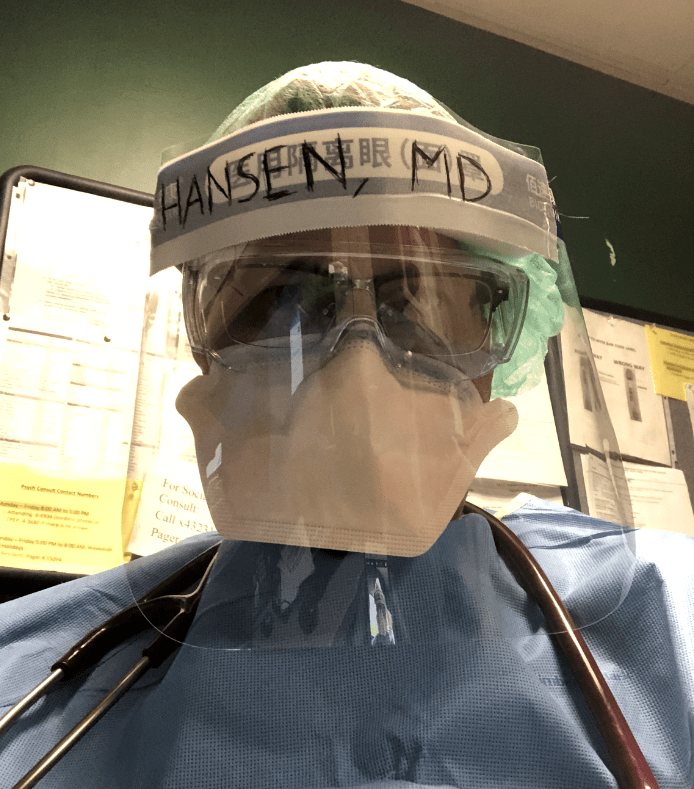
Dr. Luke Hansen of Olympia volunteered to work at Elmhurst Hospital in Queens, New York during the height of the COVID-19 outbreak. Now he’s sharing lessons learned with his fellow physicians in Washington. CREDIT: Dr. Luke Hansen
There were also language and cultural barriers to overcome. Elmhurst Hospital serves a diverse, underserved population in Queens and Hansen, who speaks Spanish, sometimes had to discuss life and death issues with families through a foreign language interpreter on the phone or over FaceTime.
Even outside the hospital, he couldn’t escape the profound toll the virus was having on the community. Most days, Hansen would take an Uber from his Airbnb to the hospital. On the drive, he’d talk with the drivers and invariably they would have lost one or more family members to COVID-19.
“It’s really had a huge impact there,” he said.
Hansen spent two weeks in New York. By the time he left, the emergency department at Elmhurst Hospital was not the chaotic “war zone” he’d encountered on day one. The city had opened additional hospital capacity and patients at Elmhurst were no longer being “boarded” in the hallways. In fact, Hansen described some of the overnight shifts he worked near the end as “pretty slow.”
After arriving home in Olympia, Hansen self-quarantined from his family and was tested for COVID-19. He was negative.
Since then, he’s been sharing his experiences and lessons learned with fellow physicians.
For instance, Hansen said emergency departments need to have a plan to provide oxygen to a large number of patients.
He’s also warning his fellow emergency room physicians that they should be prepared to set up and operate equipment like ventilators which are usually managed by a respiratory therapist. While at Elmhurst, a doctor had told him they hadn’t seen a respiratory therapist in weeks.
“I’m going to make a point to try to learn how to set up and operate the equipment myself in case I’m in a situation where the staff that normally helps with that aren’t available,” Hansen said.
He’s also an evangelist for wearing personal protective equipment – including an N95 mask and face shield — at all times in the emergency department during a COVID-19 outbreak. Hansen said before that was a requirement at Elmhurst, a lot of staff got sick. Some even died.
While Washington avoided the grim reality of what happened in New York, Hansen is concerned about the potential for a second wave of COVID-19, especially during the fall flu season.
“I’d just like us to make some preparations in case we do see a big surge here, [so] that we can try to handle it without getting as overwhelmed,” Hansen said.
Related Stories:
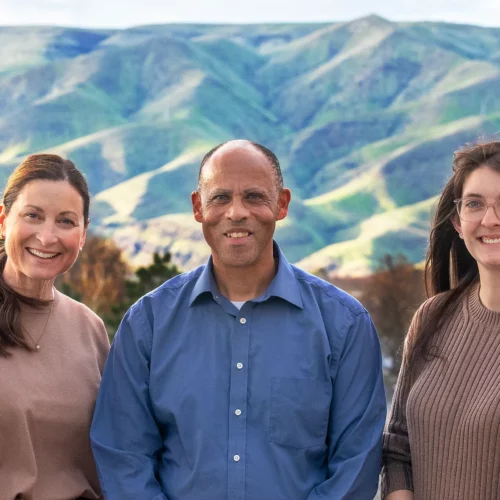
In one Idaho town, nurse-midwives stepping up as hospital struggles to recruit obstetricians
Rural communities are struggling to bring in obstetricians. Nurse-midwives are helping to fill the gap, but more is still needed to ensure long-term health care access
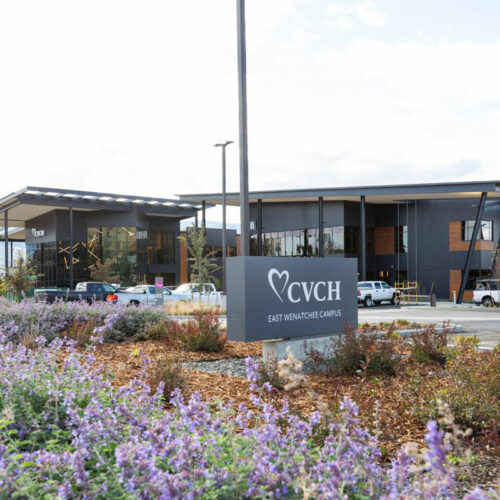
Proposed Medicaid cuts threaten rural healthcare in Washington, experts warn
CVCH East Wenatchee behavioral medicine building, right, approaches completion with mostly interior work to be finished Tuesday, Oct. 29, in East Wenatchee. (Credit: Jacob Ford / Wenatchee World) Listen (Runtime
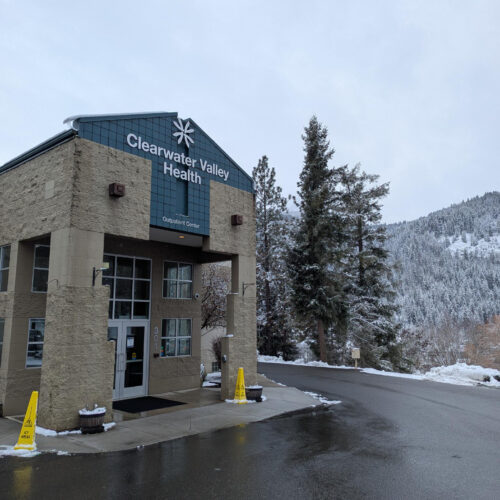
Regence patients could lose coverage at local hospitals, cancer clinic
Two hospitals serving mostly rural areas in Idaho could become more expensive for patients with a major health insurance provider.

